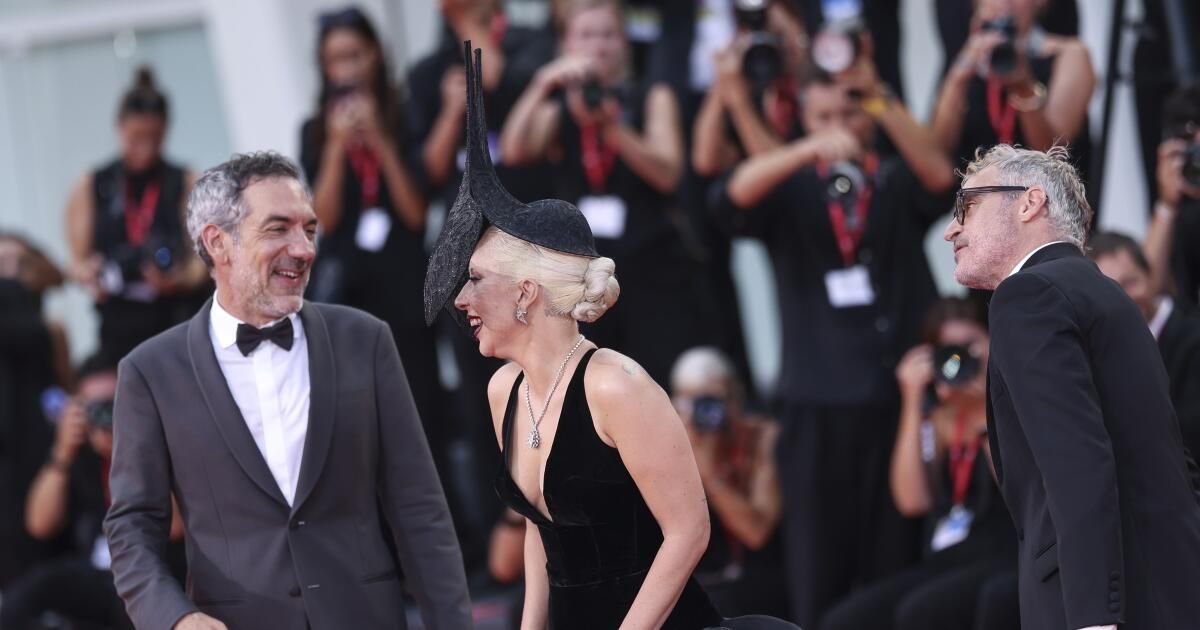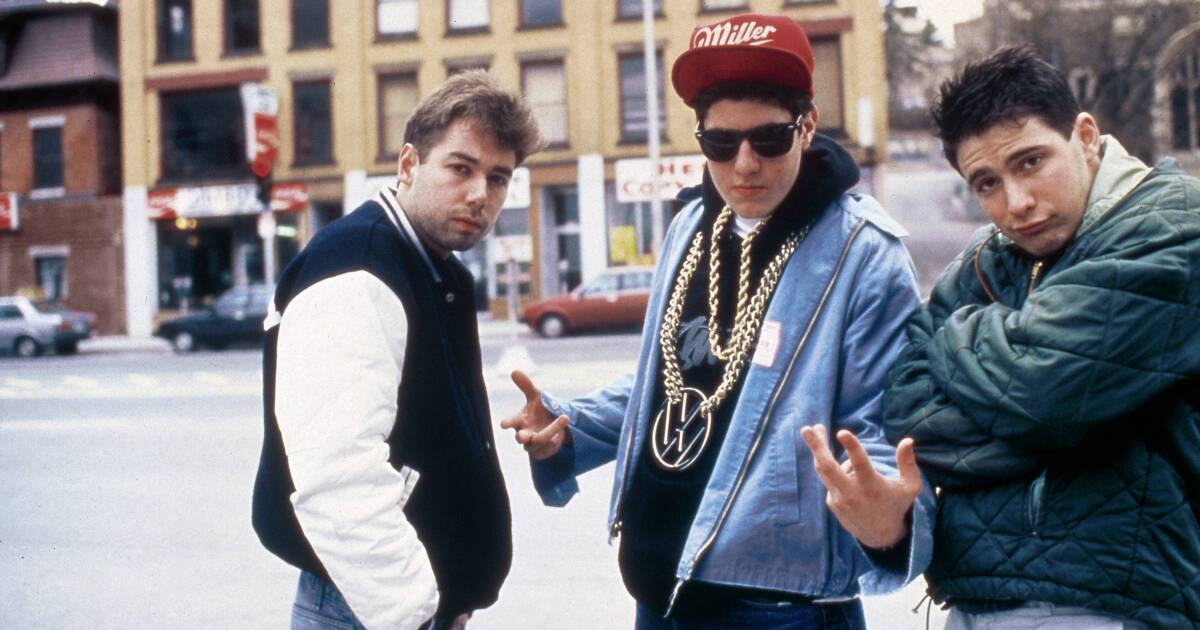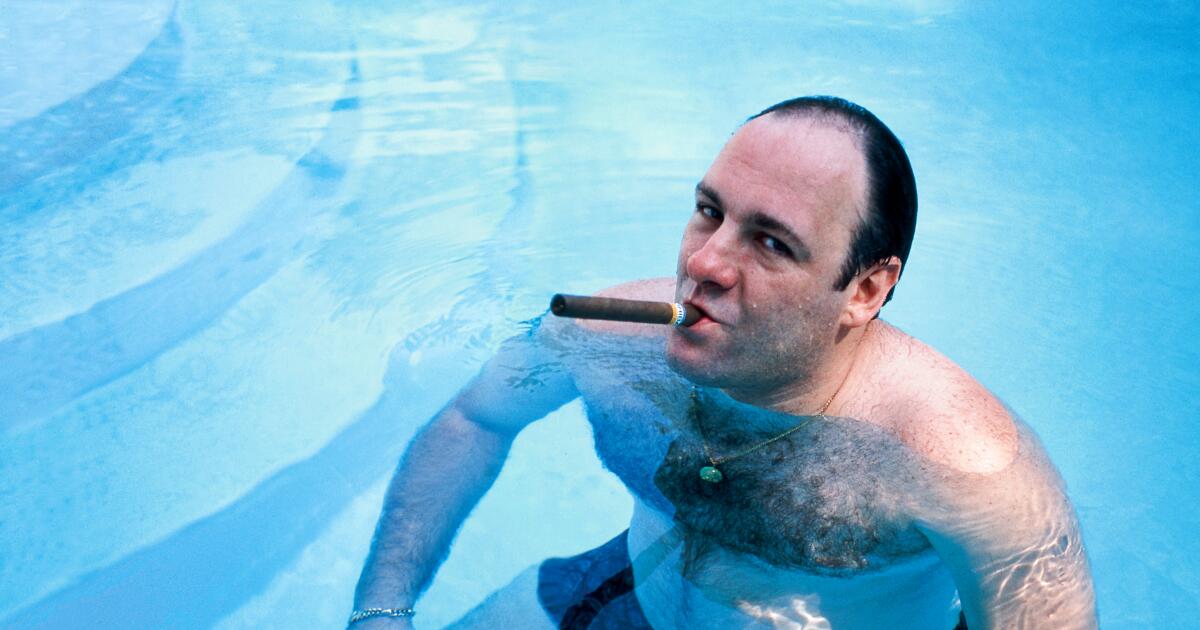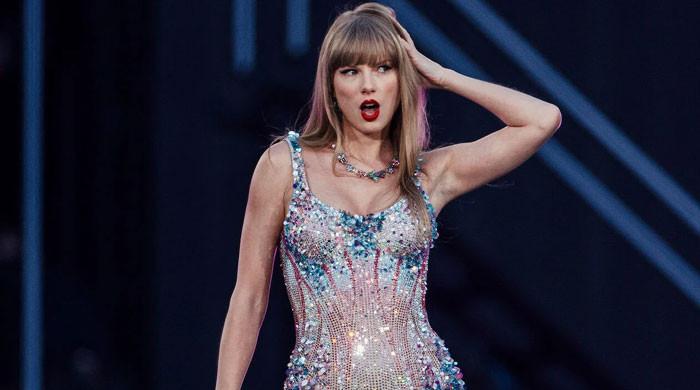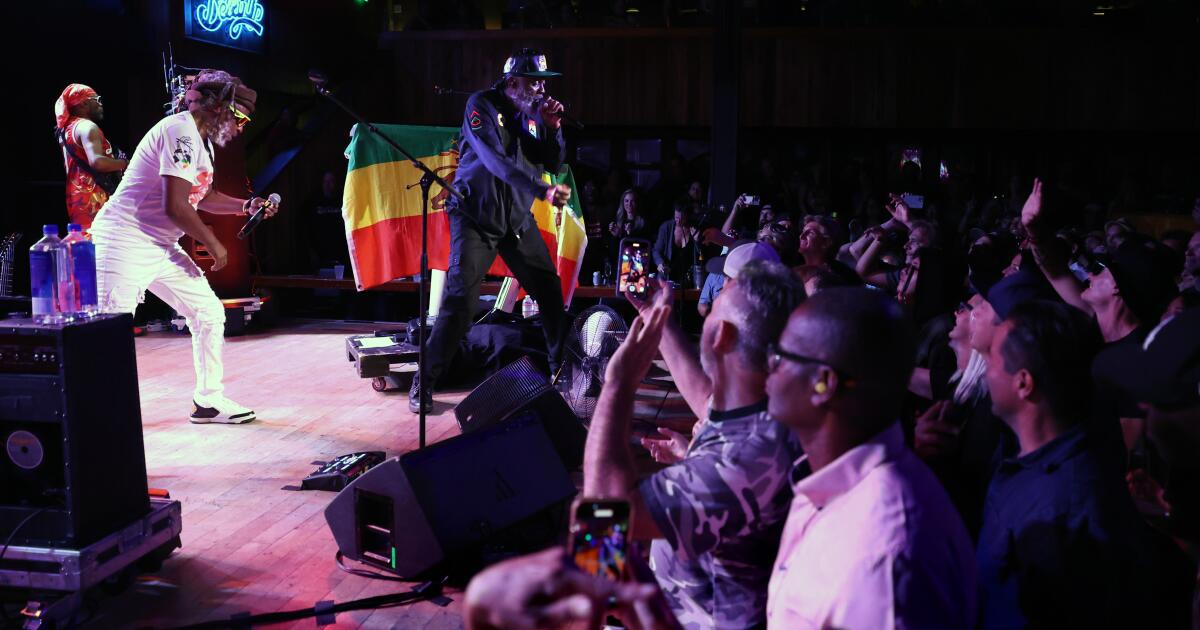When “Joker: Folie à Deux” premiered at the Venice Film Festival on Wednesday, the audience erupted into a standing ovation that lasted 11 minutes, according to Variety. The Hollywood Reporter recorded 10.5 minutes of applause, while Deadline’s stopwatch recorded 12.5 minutes.
Whatever the exact length, star Joaquin Phoenix did not stay until the end of the audience's applause: the actor was seen leaving the Sala Grande theatre after nine minutes of applause.
Ten to twelve minutes is an impressive amount of time to spend standing and applauding after watching a movie. For comparison, a typical episode of “Bluey” typically lasts eight or nine minutes (including the opening theme and credits), while top Olympians can run a 5K race in about 13 minutes.
But the length of a standing ovation doesn't really correlate to a film's quality. Early reviews for Folie à Deux have been mixed, with some critics praising Todd Phillips' Joker sequel as “brilliant” and “breathtakingly strange,” while others called it “frustrating” and “disappointing.”
Still, reporting on the length of a standing ovation after a screening has become a routine part of film festival coverage, especially for Hollywood professionals. On Monday, Pedro Almodóvar’s first English-language feature, “The Next Room,” made headlines for applause that lasted 17 minutes (or 18 minutes and 36 seconds, depending on who’s counting) at its Venice premiere. That ovation surpassed the 12- or 13-minute standing ovation for Brady Corbet’s epic “The Brutalist” the day before and is reportedly the longest in Venice Film Festival history.
Some outlets even keep a running tally of the length of standing ovations at film festivals. This tongue-in-cheek coverage is fine as long as you understand that it’s often an arbitrary way of quantifying a film rather than a yardstick for measuring success (and even The Times includes details about the length of standing ovations in its coverage). But we shouldn’t pretend that the length of each standing ovation is newsworthy or treat it as some sort of meaningful metric in and of itself, especially since the recorded time sometimes varies by publication.
It’s an unfortunate cycle: The more articles that focus on standing ovation length as the hot topic in festival coverage, the more it’s perceived as an important data point. And the more perceived interest there is around standing ovation length, the more outlets will publish articles about it to try to cash in on web traffic. (Not to mention that the more aware film festival-goers are that their response is being observed, the more it might affect how long they’re willing to applaud the filmmakers and performers whose work they admire.)
It is not uncommon for audiences to express their appreciation for a work of art with enthusiastic applause, even at film festivals. Among major events, the Cannes Film Festival is famous for its long standing ovations, as well as its boos.
The fact that Guillermo del Toro’s “Pan’s Labyrinth” received a 22-minute standing ovation at its premiere in Cannes in 2006 is an often-cited example of impressive film festival receptions. The 20-minute standing ovation that Michael Moore’s “Fahrenheit 9/11” received at Cannes in 2004 is another example (the documentary won the Palme d’Or). And while both films were also critical and commercial successes, the same cannot be said for all films that received standing ovations of more than 10 minutes.
The standing ovations in Venice have not always been so long. For example, the 2019 premiere of the Golden Lion-winning “Joker” received eight minutes of applause. The film, an origin story and character study of one of the most famous comic book villains, received mixed reviews from critics for its depiction of violence and masculinity, but still grossed more than $1 billion worldwide. Phoenix also won an Oscar for his performance.
Last year’s Golden Lion winner, Yorgos Lanthimos’s “Poor Things,” earned a 10-minute nomination (or eight minutes, according to Variety). The dark comedy was well-received by critics and audiences alike, grossing $117.6 million worldwide and garnering plenty of awards attention. Among its accolades was an Oscar for star Emma Stone. But the film sparked controversy for its explicit sex scenes; the protagonist is a woman resurrected with the brain of a child.
Then there are cases like the 2022 debut of “Blonde.” The highly controversial film about a fictional Marilyn Monroe from director Andrew Dominik supposedly received a 14-minute standing ovation but has since been all but forgotten.
Applause is great. We should applaud creators who create art that moves us. We should even applaud those who make a valiant effort, especially if they are in the room with us, because creating art is hard.
But movies are more than a collection of statistics like the length of a standing ovation or box office takings: The discussions generated by “Joker” and “Poor People” cannot be reduced to their numbers. Our conversations about these giant celebrations of film known as film festivals should reflect that, too.

